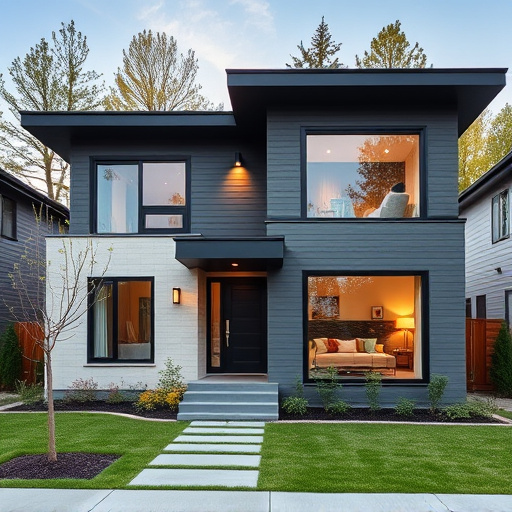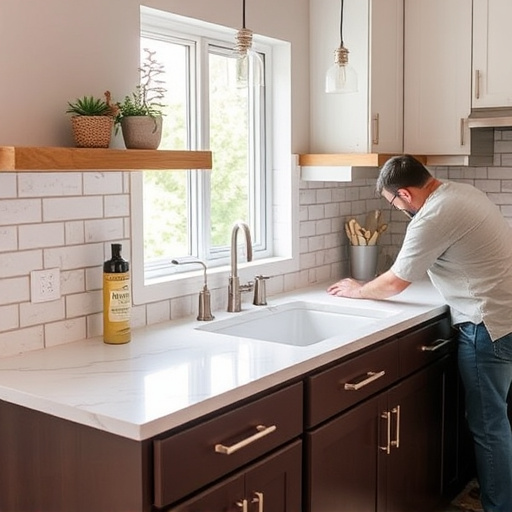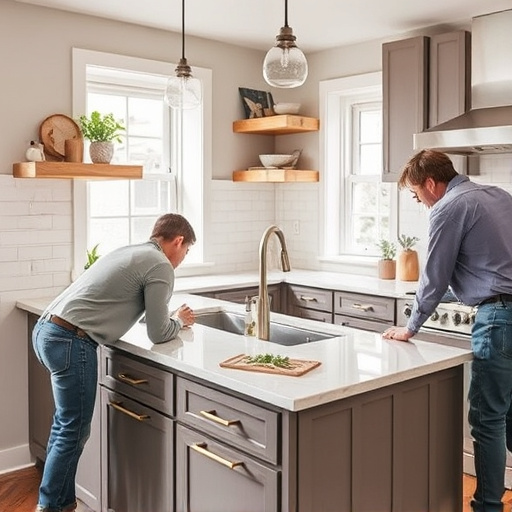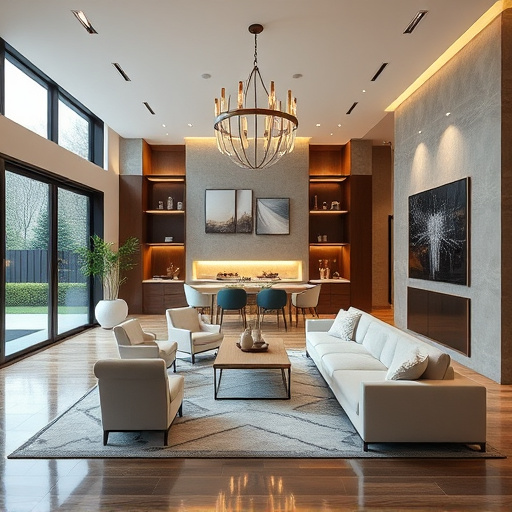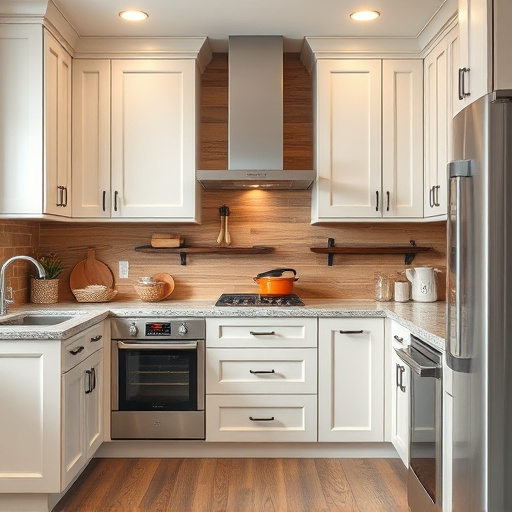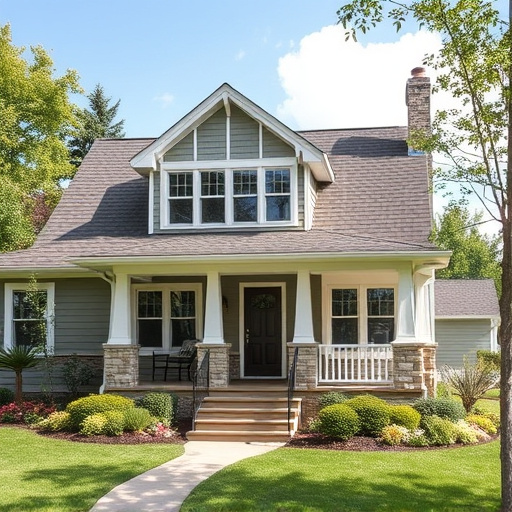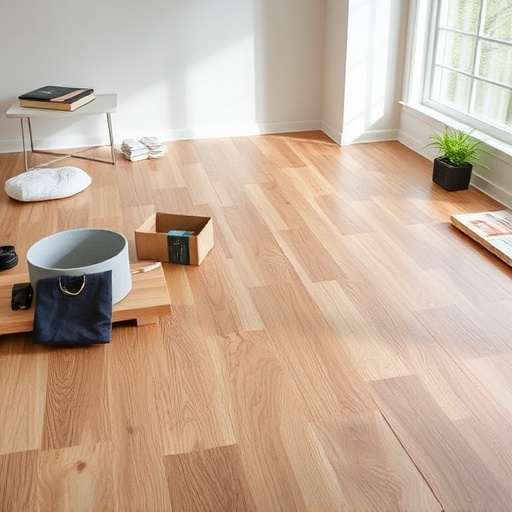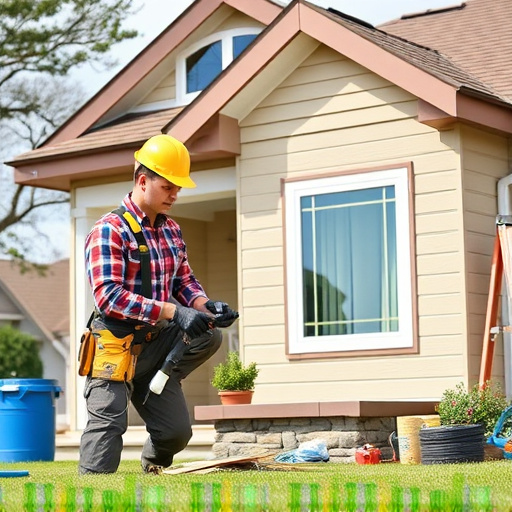In today's eco-conscious era, commercial design prioritizes sustainable materials to reduce environmental impact and enhance indoor environments. Natural and recycled options like bamboo, hemp, and recycled metals are increasingly integrated into projects, driven by businesses' awareness of their operational effects on the planet. This shift not only aligns with industry trends but also benefits profitability and future competitiveness. Embracing green practices positions commercial design businesses as leaders while contributing to environmental preservation.
In today’s environmentally conscious world, sustainable materials are no longer a niche concern but a core consideration for commercial design. This article explores the growing trend of eco-friendly options in commercial spaces, delves into the benefits and versatility of natural and recycled materials, and discusses how forward-thinking businesses can future-proof their designs through responsible choices. By adopting these sustainable practices, commercial designers can create stunning, functional, and environmentally sound spaces.
- Exploring Eco-Friendly Options for Commercial Spaces
- The Rise of Natural and Recycled Materials in Design
- Future-Proofing Your Business: Sustainable Design Choices
Exploring Eco-Friendly Options for Commercial Spaces
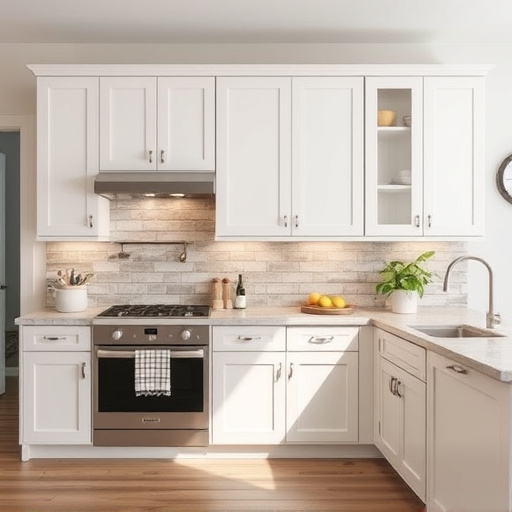
In today’s environmentally conscious era, commercial design is undergoing a green transformation, with architects and interior designers actively seeking sustainable materials to reduce their projects’ impact on the planet. This shift isn’t just about aesthetics; it’s a response to growing awareness of climate change and the desire to create healthier indoor environments for occupants. As such, exploring eco-friendly options becomes crucial when designing commercial spaces that cater to modern business needs.
Sustainable materials offer a range of benefits beyond their environmental advantages. They can enhance the durability and longevity of structures, reduce maintenance costs over time, and even contribute to improved air quality indoors. Whether it’s using recycled or biodegradable components in construction, selecting low-VOC (volatile organic compound) paints for better air safety, or integrating natural lighting and ventilation systems, these practices transform commercial design into a more responsible and forward-thinking process. Moreover, with innovations in materials science, eco-friendly options are becoming increasingly accessible and cost-effective, making it easier than ever to create beautiful, functional spaces that harmonise with the environment.
The Rise of Natural and Recycled Materials in Design
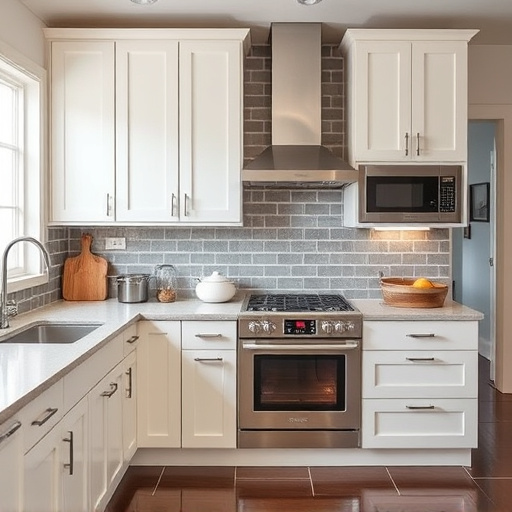
In recent years, there’s been a striking shift in commercial design toward natural and recycled materials. This trend isn’t just an aesthetic choice; it’s driven by a growing awareness of environmental sustainability and health concerns. Businesses are increasingly recognizing the impact of their operational decisions on the planet, leading to a surge in demand for eco-friendly alternatives that don’t compromise on quality or aesthetics. Natural materials like bamboo, hemp, and recycled metals are now commonly incorporated into commercial design projects, from office spaces to retail stores.
This shift is also reflected in home renovation and kitchen remodel projects, where homeowners are opting for sustainable solutions that contribute to a greener lifestyle. As the world becomes more conscious of environmental issues, commercial designers have an opportunity to lead by example, showcasing how natural and recycled materials can transform spaces into beautiful, functional, and eco-conscious environments. These home transformations not only benefit the planet but also set trends that could permeate various sectors in the future.
Future-Proofing Your Business: Sustainable Design Choices
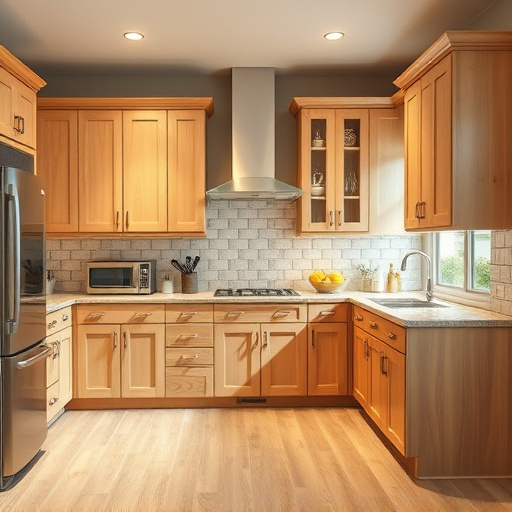
In today’s rapidly evolving world, where environmental consciousness is at an all-time high, embracing sustainable design choices is no longer a trend but a necessity for businesses in the commercial design sector. Future-proofing your business involves more than just adapting to fleeting fads; it’s about making strategic decisions that resonate with eco-conscious consumers and ensure long-term success. By integrating sustainable materials into your commercial design projects, you’re not only contributing to environmental preservation but also positioning your business as an industry leader. This forward-thinking approach can significantly impact your bottom line, especially in a competitive market where businesses seek out responsible partners.
Sustainable design goes beyond initial costs and aesthetics; it’s about creating spaces that are healthy for occupants and the planet. From eco-friendly flooring options to recycled materials, every choice counts. For instance, considering sustainable materials for bathroom remodels or residential renovations can significantly reduce a project’s environmental footprint. This trend is not just a passing fad but a global movement towards a greener future. Businesses that embrace these changes now will be better equipped to navigate the evolving landscape of commercial design, ensuring their relevance and competitiveness in an increasingly conscious market.
In today’s environmentally conscious world, sustainable materials are no longer a niche concern but a necessity for commercial design. The shift towards natural and recycled options not only reduces environmental impact but also offers unique aesthetic appeal. By future-proofing your business with eco-friendly design choices, you can create spaces that are both visually stunning and responsible. Embracing these sustainable materials is not just a trend; it’s a step towards a greener, more prosperous future for commercial design.


